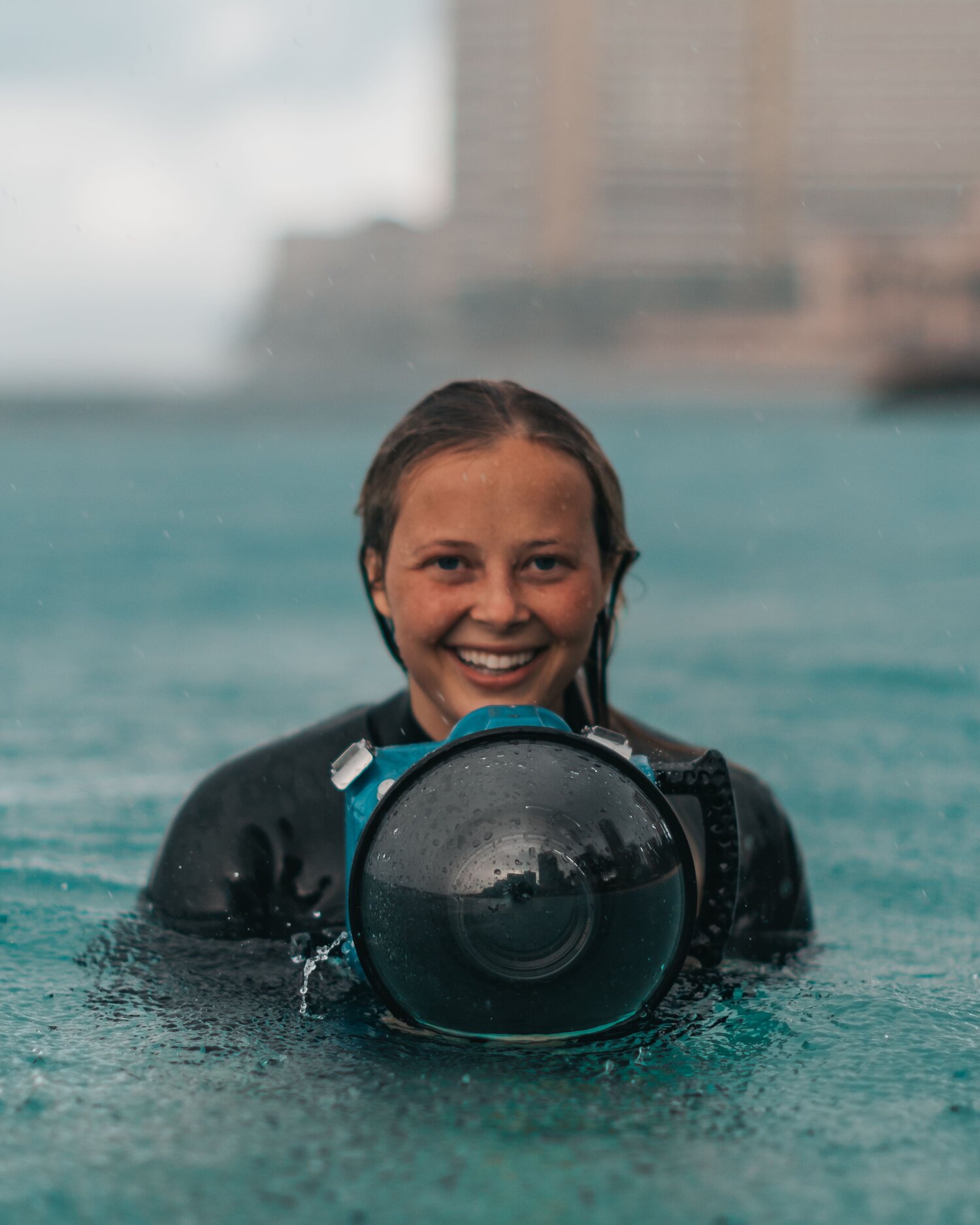How to Start Surf Photography
There are a lot of things I wish I’d known earlier on when starting surf photography. In this article, I explain a few tips that might help aspiring or new surf photographers.
Shoot as much as possible. Refine your eye and determine what you can uniquely bring as far as perspective. Find ways to enjoy the process and be different. Don’t simply copy what you like; create unique and different. If you take the same shots as everyone else, what differentiates you? Bring YOU to the lens. Think about what excites you and find ways to tailor your creative vision through time in and around the water.
2. Figure out timing. Keep your eyes on the local and nearby surf locations. Figure out specific shots that you have in mind and go to the location that makes sense for that. For instance, if you want to shoot performance shortboard surfing, find out which break is best suited for a more powerful wave and in what particular winds and tide. Check your local wind forecasts so that you can anticipate good conditions. A lot of surf moments happen by lining up with a surfer at the right place at the right time.
3. Know where to be. If you are on land, don’t line up with all the other photographers. Search around before you set up. Find the optimal location for the type of wave shots you want to achieve. Don’t be afraid to set up more to the side for an out the barrel shot or behind some palm trees for a blurred foreground. These subtle differences can transform an any surf photo shot into something different.
If in the water, watch the waves for a few minutes before going in. Get a good feel of your surroundings. Look for anchor objects like signs, houses, umbrellas, or anything distinct that you can use as a reference point. This allows you to judge how far you have drifted as well as note where you need to swim next to for lining up with the wave.
4. Invest in a water helmet. Once in the water, be aware of surroundings and as goofy as it may seem, using a helmet is a good thing. A mentor had to be out of the water for 6 weeks due to a hit to the head resulting in a concussion. I’ve also known folks who had fin slices to the head. Protect your head with a helmet. I don’t always wear one when it’s super calm and not crowded; but, when it’s sizable, crowded, around beginners, or just a notoriously heavy wave: Wear a helmet. Also, note that a bright colored one can help you to be seen and found if ever in a rough situation.
5. Network. Get to know the surfers and surf photographers in your community. You never know who might be interested in photography until you ask. Surfers feel more comfortable asking for photos if they know you. Other photographers often have insight that can speed up your image refinement. These are folks you can talk gear with and ask away on questions. You may even find mentors from this.
6. Find Styles and Patterns. Get to know the styles of each surfer that you know — this will make it faster to identify the surfer in your photos and allow you to anticipate how they will ride the wave. This will allow you to start finding the most critical moments to take your imagery.
I hope this has helped you figure out some initial things to work on for your surf photography journey.






